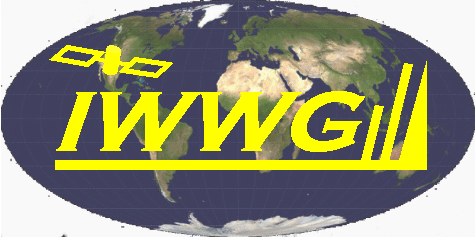Retrieval of 3D Distribution of Horizontal Wind Vector by Combining Lidar with Passive Water Vapor Sounders
Horizontal wind vectors (also called atmospheric motion vectors; AMVs) have been retrieved for decades by feature-tracking passive satellite observations of cloud top or water vapor fields, mostly at one pressure level at a given time and location. As the vertical variation of winds is important for understanding atmospheric processes, the 3D distribution of AMVs (“3D winds”) is needed. Furthermore, while feature-tracking AMVs may have a relatively large error, satellite wind lidar (e.g., Aeolus) measurements are more accurate but are generally provided for one wind component (i.e., close to the east-west or zonal component) of horizontal wind along a curtain (or the satellite track) at a time. What is needed is the synergistic retrieval of horizontal wind vectors using both measurements. This presentation will summarize our recent work in addressing these issues:
- We have developed an algorithm to retrieve 3D winds from 60N to 60S by tracking water vapor from the hyper-spectral Cross-track Infrared Sounder (CrIS) aboard two polar satellites (NOAA-20 and Suomi-NPP) that have overlapped tracks separated by 50 minutes. We have evaluated this retrieval using reanalysis (for spatial pattern) and radiosonde data (for uncertainty quantification).
- Using NASA’s global 7 km Nature Run, we developed a two-stage AMV retrieval: i) Using multi-scale feature tracking of water vapor, to produce AMVs at pixel level (rather than the smoothed AMVs in a traditional image feature-tracking algorithm), but with only slightly-smaller root-mean-square vector differences (RMSVDs). ii) Assuming co-located higher-accuracy measurements are available for a small portion of the time/space, our second stage retrieval based on machine learning is able to significantly reduce RMSVDs, demonstrating the value of synergistic retrieval of 3D winds using water vapor sounders and (more accurate) wind lidar.
Motivated by these analyses, we will introduce VIENTOS (conVection Interacting with ENvironmenTs Observing System) as a new satellite mission concept for 3D wind measurements by combining lidar with passive water vapor sounders. The value of such a mission in addressing science questions (e.g., on mesoscale convective systems – environment interactions) and various applications will also be discussed.






